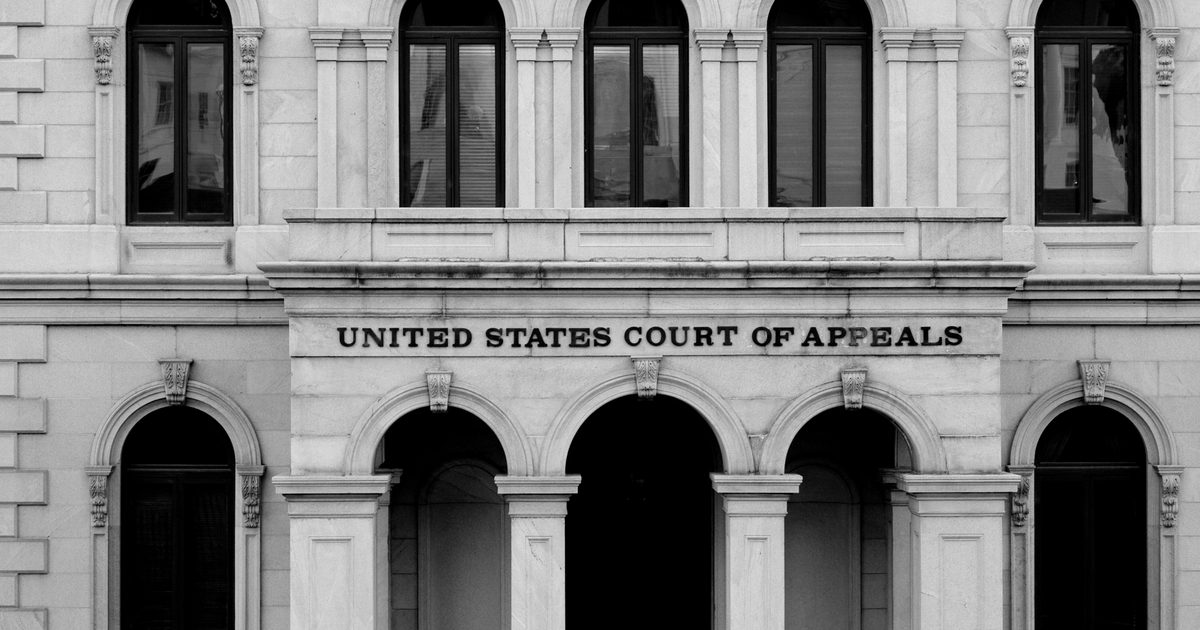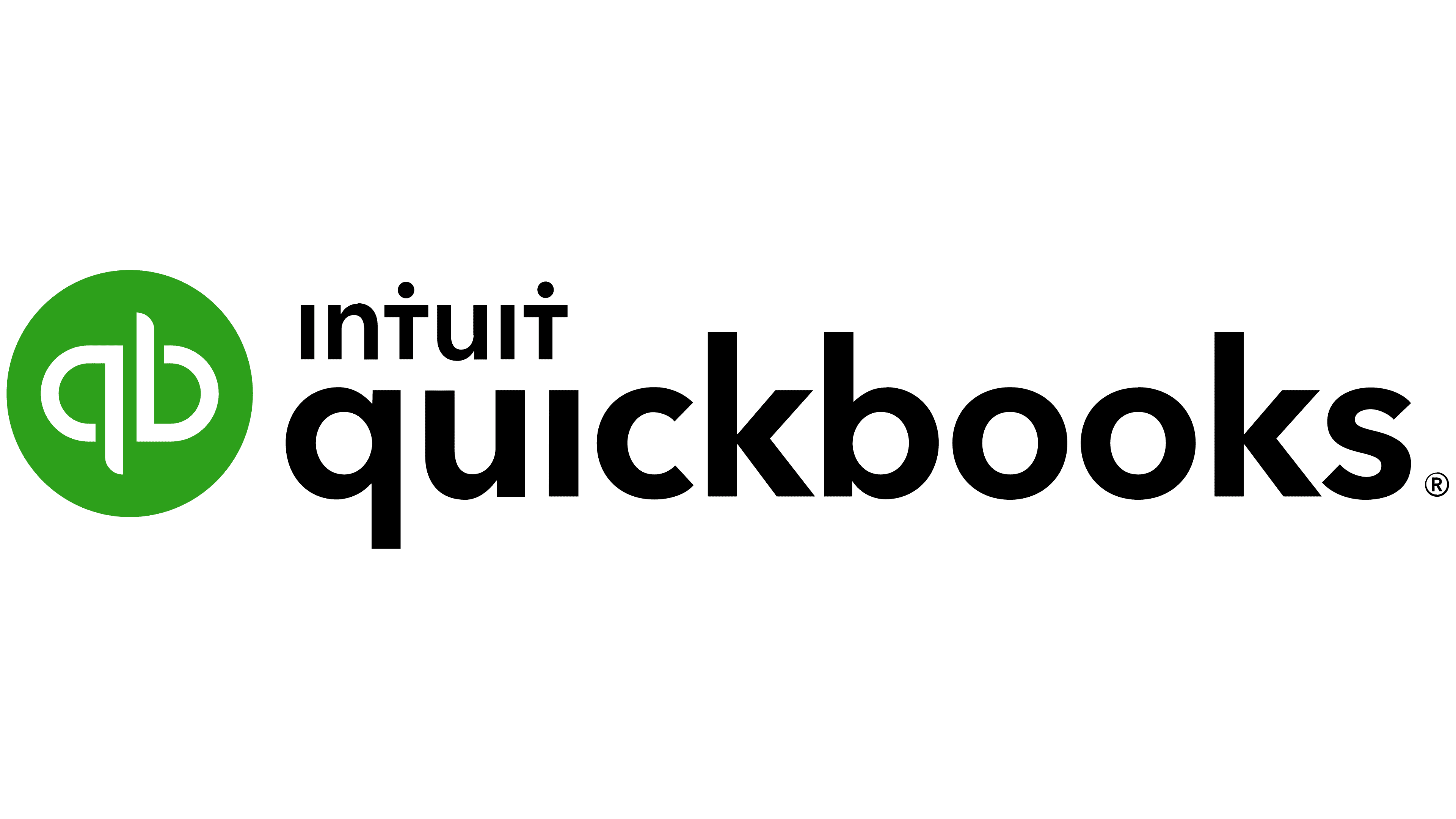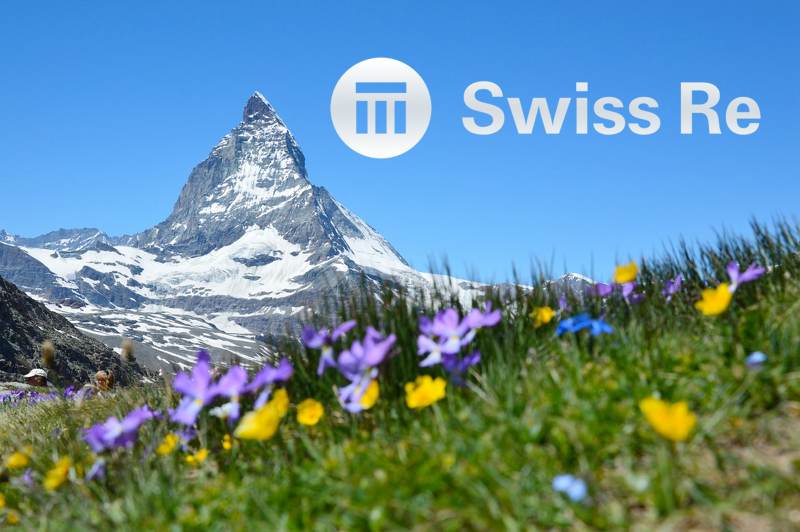On Friday, regulators officially closed Silicon Valley Bank, or SVB, and shut down trading of its stock. The bank had found itself in a tough position after cash-strapped tech companies requested too many withdrawals at once, forcing it to sell long-term bonds at a steep loss.
SVB’s debacle has sent ripples across bank-related stocks and exchange-traded funds, or ETFs. But even if you weren’t invested directly in SVB, its collapse might still affect you.
How to find out whether you’re exposed to SVB
First, if you don’t invest in ETFs or mutual funds and haven’t invested directly in SVB stock, then go ahead and breathe — you’re likely not exposed to SVB’s debacle. At least not directly.
Things get complicated if you’re invested in bank-focused ETFs. Those funds contain pieces of numerous companies. These can include large banks (such as JPMorgan Chase & Co. and Bank of America) alongside smaller banks like SVB.
In other words, you may have invested in an ETF for the big bank stocks and unknowingly brought SVB into your portfolio.
Currently, 260 ETFs contain Silicon Valley Bank. To find out whether yours does, you can do two things:
-
Use an ETF stock exposure tool like ETF Database. These tools let you search for a specific stock and filter ETFs that contain it. This works best if you have multiple bank ETFs and you want to save time by seeing them all at once.
-
Look for your ETF’s product page. Most ETFs have a webpage dedicated to performance. You can find what your ETF is invested in under the “holdings” section page. Note: Sometimes these pages aren’t up to date.
The top 10 ETFs with the highest SVB exposure
The ETFs at greatest risk are still only minimally exposed to SVB. In fact, no financials-sector equities ETF on ETF Database has more than 4% of its holdings invested in the failing bank. But it’s good to be aware of which ETFs are most exposed. Here are the 10 equity ETFs in the financials sector with the highest exposure to SVB:
1. SPDR S&P Regional Banking (KRE)
-
Top 3 holdings: SVB (2.34%), Western Alliance Bancorp (2.27%), East West Bancorp (2.14%)
-
Year-to-date performance: -9.74%
2. SPDR S&P Bank (KBE)
-
Top 3 holdings: SVB (1.70%), Jackson Financial Incorporation (1.69%), Voya Financial (1.68%)
-
Year-to-date performance: -5.51%
3. iShares U.S. Regional Banks (IAT)
-
Top 3 holdings: U.S. Bancorp (12.56%), PNC (12.21%), Truist (12.13%)
-
Year-to-date performance: -8.52%
4. Invesco KBW Bank (KBWB)
-
Top 3 holdings: Citigroup (9.12%), JPMorgan (8.57%), Wells Fargo (7.80%)
-
Year-to-date performance: -4.28%
5. iShares Evolved U.S. Financials (IEFN)
-
Top 3 holdings: BlackRock Cash Funds Treasury SL Agency (14.29%), Bank of America (4.01%), JPMorgan (3.99%)
-
Year-to-date performance: -5.95%
6. Invesco S&P 500 Equal Weight Financials (RYF)
-
Top 3 holdings: MarketAxess (1.96%), Arch Capital Group (1.76%), American Express (1.74%)
-
Year-to-date performance: -2.73%
7. John Hancock Multifactor Financials (JHMF)
-
Top 3 holdings: Berkshire Hathaway (4.06%), Visa (3.62%), JPMorgan (3.45%)
-
Year-to-date performance: -15.89%
8. First Trust Nasdaq Bank (FTXO)
-
Top 3 holdings: JPMorgan (8.77%), Wells Fargo (7.98%), Citigroup (7.53%)
-
Year-to-date performance: -5.80%
9. First Trust Financials AlphaDEX Fund (FXO)
-
Top 3 holdings: OneMain Holding (2.02%), Evercore (1.95%), Janus Henderson Group (1.90%)
-
Year-to-date performance: -0.63%
10. Financial Select Sector SPDR Fund (XLF)
-
Top 3 holdings: Berkshire Hathaway (14.68%), JPMorgan (10.58%), Bank of America (5.95%)
-
Year-to-date performance: -1.93%
Neither the author nor editor held positions in the aforementioned investments at the time of publication.








































